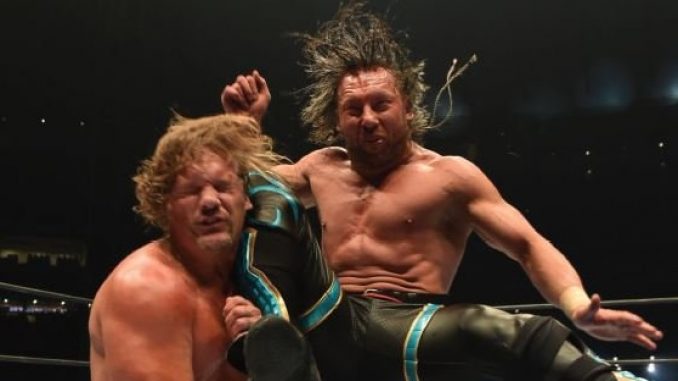
By: Brandon Sears
Greg Oliver and Steven Johnson come together under the banner of the Pro Wrestling Hall of Fame to bring you a comprehensive collection of wrestling’s greatest storytellers. Broken up into sections that tackle specific areas, each chapter brings to light three people or instances that best represent that subject. The topics vary in scope from worked shoots (matches and storylines believed to be “real” and not scripted) to using animals in matches all the way to wrestlers beginning or adding to their feuds through social media.
The depth of research required from the duo to produce a book of this quality is certainly remarkable. The timeline stretches all the way back into the late 1800s in an effort to paint as comprehensive a picture as possible of all that the wrestling industry has tried to draw crowds.
Oliver and Johnson uncover that it really isn’t until the 1920s or 30s when promoters began to try gimmick matches. Wisconsin promoter Henry Tolle created the first team-based matches with rules so convoluted they would fit alongside TNAs King of the Mountain match or their ill-advised reverse battle royal concept. Tolle would also be the first to promote men’s mud wrestling as well as matches taking place in several feet of smelt (whom that was meant to attract, I have no idea).
One of the more interesting things about reading The Storytellers is that wrestling has never had, and will never have, a “standard” way of doing things. Even today when the performers of All Elite Wrestling face backlash for presenting an alternative to what may be considered mainstream, you had performers wrestling alligators and bears about sixty to seventy years ago. Variety is key. So when business is down and a boost in ticket sales is needed, promoters will try just about anything to lure back the crowd. Sometimes the stories they present fail and sometimes they work. There’s no better example of this than the risk you take bringing in celebrities. The authors shine a spotlight on Jerry “The King” Lawler and. Andy Kaufman and their feud that captured the attention of an entire nation following their appearance on David Letterman. On the opposite end of the spectrum, you have actor David Arquette winning the WCW Championship. While Arquette may be working hard to change his impact on the industry now, Oliver and Johnson discuss why the story failed so hard in 2000.
When the text moves into the late twentieth century, we get a discussion about how storytelling evolved in the late 90s leading to wrestling promotions moving away from traditional booking and bringing in writers with diverse backgrounds in scripted television. There are several interviews with former writers who discuss the frustration that goes hand in hand with creating content for what is essentially a one-man show in Vince McMahon.
What I’ve discussed above is just the tip of the iceberg. At just under three hundred pages, Greg Oliver and Steven Johnson squeeze in over one hundred years of masked men, death-match wrestling and chicken-wire cage matches. I struggle to think of one aspect of the business they left on the cutting room floor. Given the way the authors chose to layout the book, the content is easily digestible – you’ll likely find yourself flying through in just a few sittings as I did.
The Pro Wrestling Hall of Fame: The Storytellers by Greg Oliver & Steven Johnson is available now through ECW Press.
